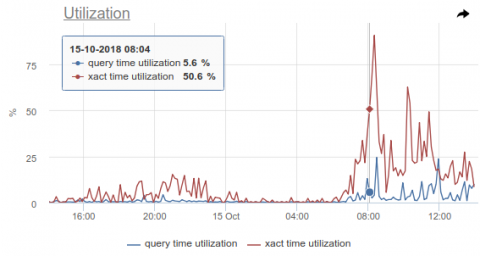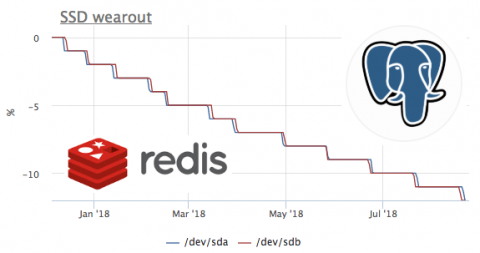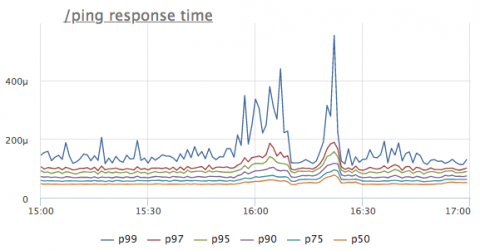Kubernetes in Production: Services
We migrated all of our services to Kubernetes about six months ago. At first glance, the task seemed quite simple: deploy a cluster, write application specifications, and that’s it. But, since we’re obsessed with stability, we nevertheless had to learn how k8s works under pressure, so we tested multiple failure scenarios. Most of the questions that arose were network related. One particular point of concern was how Kubernetes Services function.











